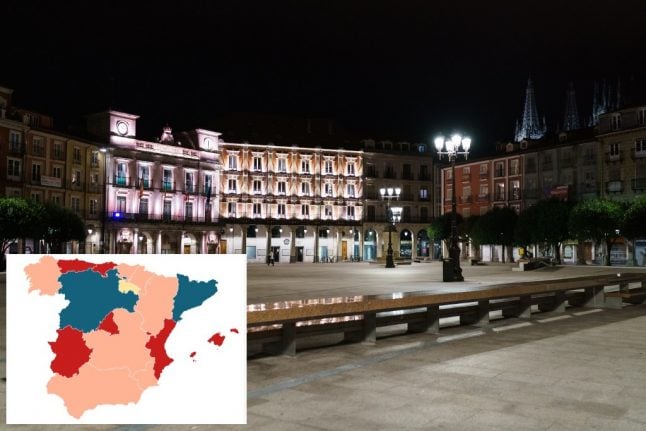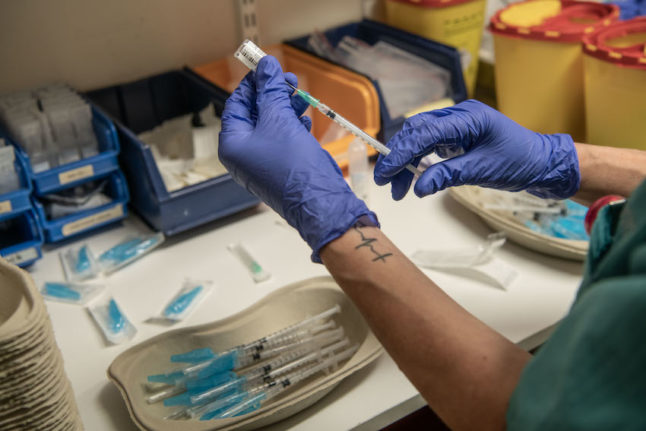A night-time curfew came into force across Spain on Sunday when the Spanish Prime Minister Pedro Sanchez invoked special powers by placing the nation under a State of Alarm.
The measure is designed to keep everyone in their own homes and not socializing late at night.
Although the government set the curfew between 11pm and 6am it gave regional powers the authority to shift the curfew and hour either way.
Madrid, which has been at the epicentre of the second wave but fought restrictions imposed by the central government that regional authorities said were damaging the local economy, chose to shift the curfew to start at midnight.
So to did Extremadura, Valencia, the Balearic Islands and the northern regions of Asturias and Cantabria.
While Castilla-Leon, Catalonia and La Rioja opted to bring the hour forwarded to 10pm with the latter also lifting it an hour earlier at 5am.
The remaining regions including Andalusia, Murcia and Galicia decided to stay in line with government guidelines.
Only the Canary Islands are exempt from imposing a curfew as their infection rate is so much lower than on the Peninsula.
A curfew – known as 'toque de queda' in Spanish – is now in place across all of Spain (apart from the Canary Islands) that means people are not allowed to be on the street or visiting any else's home without a justified reason.
Justified reasons include coming or going to the workplace, seeking emergency medical treatment (for you or your pet), collecting medical supplies, visiting a dependant who needs caring for.
The measure also states that you can use fuel stations during curfew hours if needed to carry out trips for justified reasons.
Spain's various police forces will have the power to stop those found to be breaking curfew and to issue fines to those who don't have a justified reason for doing so.
READ ALSO:



 Please whitelist us to continue reading.
Please whitelist us to continue reading.
Member comments